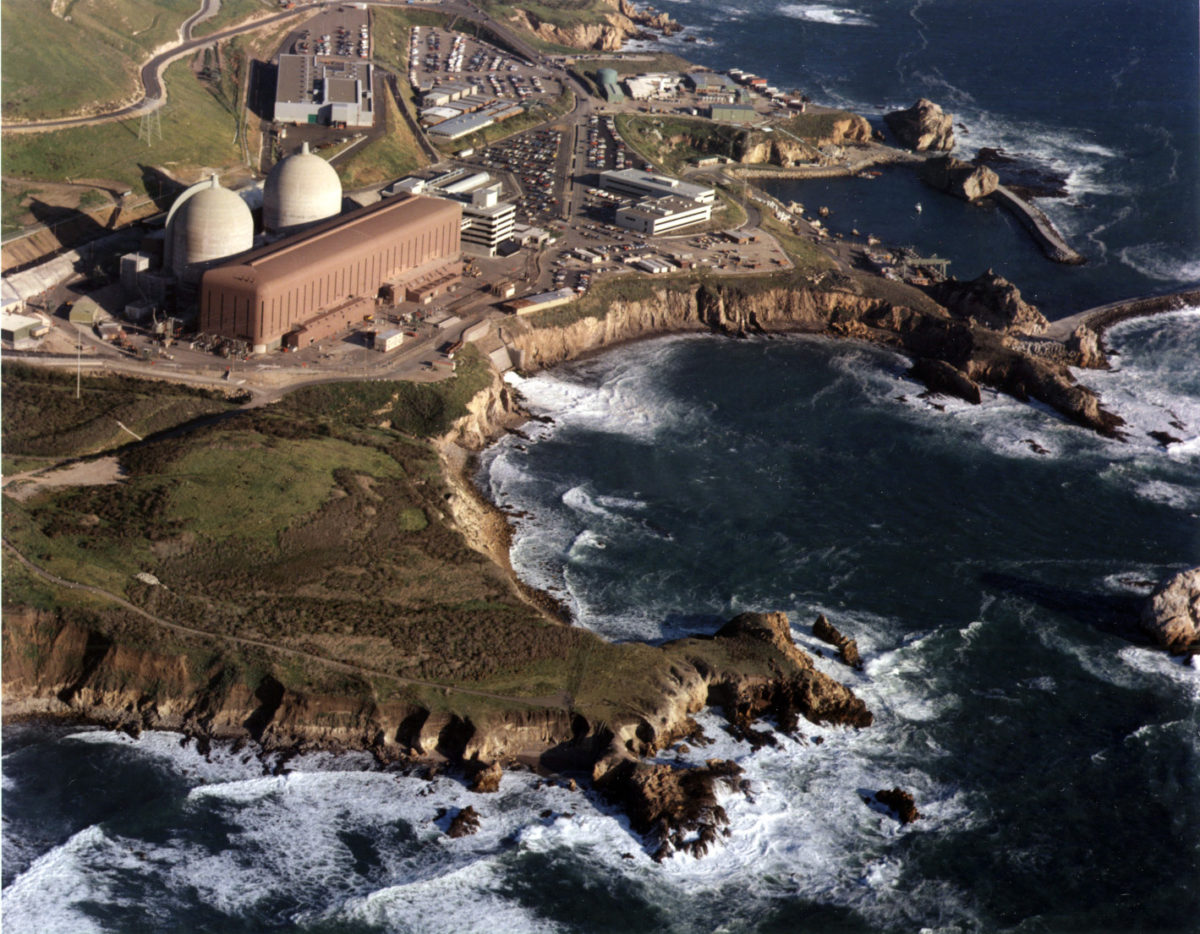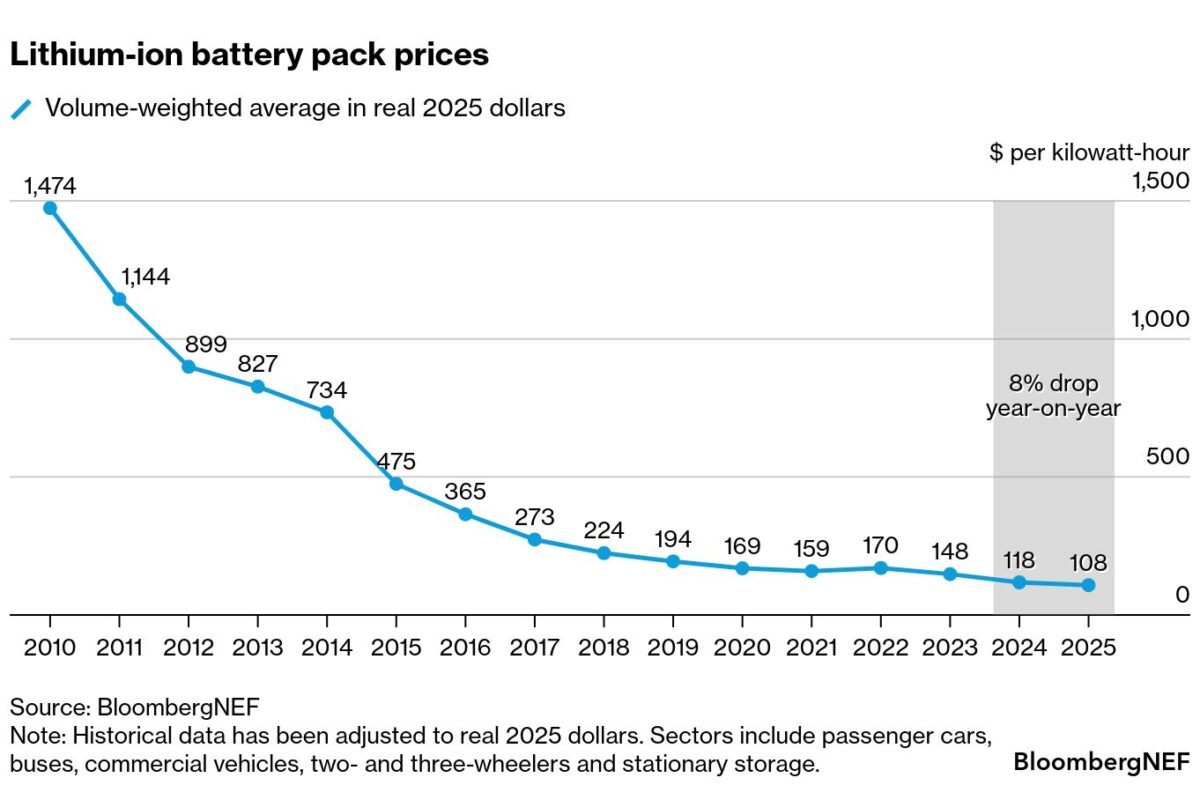A report published this week by the International Energy Agency, Nuclear Power in a Clean Energy System, found the expansion of clean electricity needs to accelerate dramatically to meet internationally agreed sustainability targets. The study said retiring nuclear capacity risks an increase in carbon emissions and, while the transition to a clean energy system would remain possible, it would be more complex and costly without nuclear.
However, the findings of the divisive study have already been criticized by renewables industry figures.
“Alongside renewables, energy efficiency and other innovative technologies, nuclear can make a significant contribution to achieving sustainable energy goals and enhancing energy security,” said IEA executive director Fatih Birol. “But unless the barriers it faces are overcome its role will soon be on a steep decline worldwide, particularly in the United States, Europe and Japan.”
The report recommends countries “that intend to retain the option of nuclear power” put policies in place to support the technology, including authorizing lifetime extensions for existing nuclear capacity even though market conditions are unfavorable for such a move. Nuclear nations should also structure their energy markets to value dispatchability and other grid services which nuclear power plants provide, added the report’s authors.
Billions of tons of extra carbon emissions
The IEA study claims if there is no further investment in nuclear power in advanced economies – and a forecast two-thirds decline in nuclear capacity by 2040 occurred as a result – around four billion tons of avoidable CO2 emissions would be produced. That calculation, however, appears based on an assumption gas or coal, rather than renewables, would replace retired nuclear capacity.
“It is a fallacy to claim nuclear will be replaced by natural gas since solar or wind, plus batteries, is less expensive,” said Mark Jacobson, a professor at Stanford University who has worked for more than a decade on modelling a 100% renewable energy world. “California, Florida, Colorado and South Australia, for example, have all selected renewables-plus-storage over gas.”
Jacobson said the money the IEA is calling on governments to pump into nuclear would be better spent funding further expansion of renewables. “The IEA is irresponsible for promoting the subsidy of expensive, failing nuclear plants instead of using those subsidies to fund clean renewable energy, particularly wind and solar,” the Stanford professor told pv magazine. “These will eliminate more carbon and air pollution than the nuclear they will replace, and at a lower cost.”
The controversial IEA study arrived in the same week as the Renewable Power Generation Costs in 2018 report published by the International Renewable Energy Agency (IRENA), which noted the cost reductions achieved by renewables continue to defy expectations. The review found three-quarters of new onshore wind, and four-fifths of new PV projects due to be commissioned next year, will produce power at lower prices than the cheapest new coal options without financial assistance.
Unrealistic figures
“Renewable power is the backbone of any development that aims to be sustainable”, stated IRENA director-general Francesco La Camera. “Today’s report sends a clear signal to the international community: Renewable energy provides countries with a low-cost climate solution that allows for scaling up action.”
Previous reports by Finland’s Lappeenranta University of Technology also contradicted the IEA’s claim the global energy transition would be more difficult without investment in nuclear power. “LUT University, in collaboration with the Energy Watch Group, published two major reports that clearly document that new nuclear energy capacities are not needed for the energy transition at all,” said LUT professor Christian Breyer. “Key reasons are disastrous economics, unresolved radioactive waste problems, vulnerability to terrorist attacks, remaining technical risks, limited nuclear fuels for present reactor designs and proliferation.”
Breyer noted other technologies vital to the energy transition, such as power-to-X and the electrification of the heating and transport sectors require very low energy costs that cannot be met by nuclear, while the issue of renewable energy intermittency and the lack of flexibility cited by the IEA can all be managed by energy storage and other innovations. Breyer also highlighted the IEA’s historic underestimation of renewable energy as a further problem, adding: “The report claims that less nuclear would lead to higher cost in the energy system. Given the much too high cost assumptions for renewables and the too low cost assumptions for nuclear energy in the World Energy Outlook, this may be the case for the IEA scenarios, but it violates results with real cost numbers: the real cost for nuclear energy and the real cost for renewable energy.”
No basic evidence
Mycle Schneider, lead author of the World Nuclear Industry Reports said, while IEA statements that “additions of new [nuclear] capacity have dwindled to a trickle” and “most nuclear power plants in advanced economies are at risk of closing prematurely” are not far from the findings of his annual assessments, it would take more than the policy changes recommended by the IEA to revive nuclear. “The IEA’s assumption that it is only a matter of political will to reverse the trend and obtain ‘an 80% increase in global nuclear power production by 2040’ is lacking basic evidence for industrial feasibility, and is in fundamental contradiction with the historic performance of the industry over the past three decades,” Schneider said.
This content is protected by copyright and may not be reused. If you want to cooperate with us and would like to reuse some of our content, please contact: editors@pv-magazine.com.




Good reporting to seek out alternative views – which here have the clear win.
If this post is correct, the IEA is resorting to at least one falsehood to bolster its feeble case.. Nuclear plants are generally not despatchable, and are designed for always-on baseload. France manages to run its nuclear plants in load–following mode, but there is a price in longevity and higher maintenance costs. Besides, if you do treat nuclear plants in this way, their already dire economics become even worse, as the immense interest cost is carried by fewer working hours.
Another dubious claim is that the overall costs of a 100% renewables energy supply will be higher without nuclear. How do they get there? Nuclear plants need backup too, as they are prone to unplanned outages. That is why Japan has 20 GW of pumped hydro storage. Suppose you have just enough nuclear to meet baseload (the summer or winter night-time trough), as France has had for decades. If you have more, there is a surplus to be exported or curtailed, at financial cost. The zero-carbon goal suggests that you build enough wind and solar to cover the remainder. Is this on a good day or a bad day? If it’s a good day, there is going to be a shortage on bad days, which has to be met by storage or gas. If the target is to cover bad days, there will be a large surplus on good days to be curtailed. You get exactly the same problem, on a larger scale, without nuclear. It’s hard to see how adding nuclear makes it less acute. If it’s soluble with nuclear in the mix, it’s soluble without it.
In truth, nuclear and wind+solar are alternatives, not complements. An all -nuclear scenario is coherent if now impracticable, and an all W+S scenario is feasible as well as much cheaper. Both need despatchable firming, typically storage. There is little to be said for a combination.
Totally agree. The assumption of a need for nuclear seems to be built on the assumption that storage will always be as expensive as today. But the cost of storage will fall (while the cost of nukes doesn’t), and we will need storage either we want nuke or not.
Energy from large complex facilities can be controlled and used as a weapon against those that do not go along with the desires of the hegemons. The likes of Bolton and Pompeo could make it illegal for nuclear facilities to supply energy to California to starve Californians into submission as they are currently doing with the Venezuelans. With distributed renewables the control freaks could be given the finger.